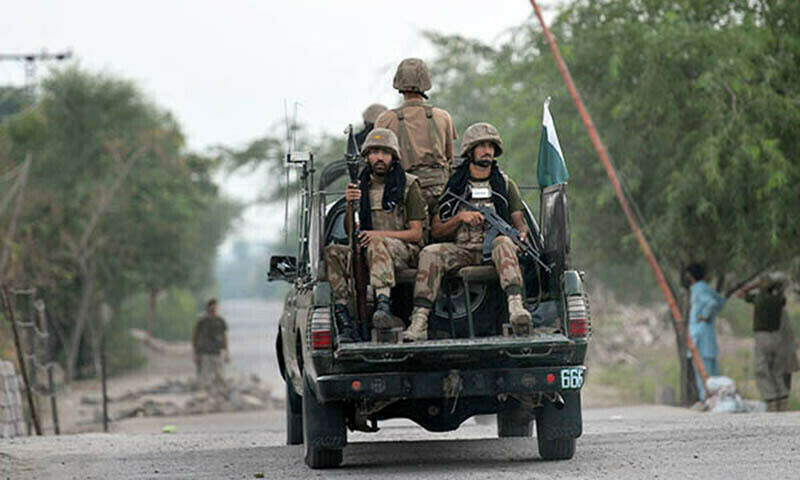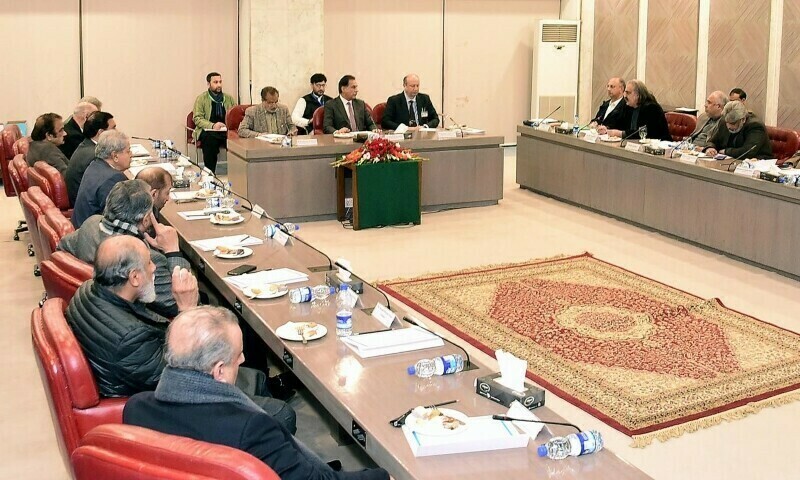ISLAMABAD: The power sector regulator has asked the government to review Rs15.28 per unit taxes on electricity and the uniform consumer tariff that has incentivised inefficiencies.
In its State of the Industry Report 2024, released on Tuesday, the National Electric Power Regulatory Authority (Nepra) highlighted that high electricity costs were not only affecting businesses and economy, but also social services and households.
“There are unabated inefficiencies, particularly on the part of monopolistic entities, making electricity increasingly unaffordable and placing an unprecedented strain on the country’s economic and financial stability”, the report said.
It put the losses in the distribution network alone at about 26pc including 18.31pc of technical losses and about 7.6pc of lower recoveries than billing. The combined losses were about Rs1.1tr — almost equal to the federal development programme.
Power regulator wants end to uniform tariff which ‘fosters inefficiency’
The total circular debt surged to Rs2.34 trillion as of June 30, 2024, with the combined receivables of Discos, including K-Electric, crossing Rs2.32tr.
This “necessitates investigations into possible billing manipulations and accurate assessments of non-receivables”, the regulator demanded.
Uniform tariff policy
Nepra suggested reviewing the national uniform tariff policy as this practice of cross-subsidies where more efficient Discos — and, by extension, their consumers — bear the financial burden of less efficient counterparts.
“This policy decision, while aiming to ensure that electricity remains uniform for all consumers, inadvertently creates a system where inefficiency is rewarded, and operational shortcomings are obscured.”
The regulator called for “robust governance structure, technological innovation, and financial reforms” in distribution for sustainable growth.
Excessive taxation
The regulator said consumers paid around Rs15.28 per unit in supplemental charges in the shape of various fees, duties, rents, surcharges, and taxes. These costs were a big reason why consumers were seeking alternative energy sources.
The power regulator also questioned policy decisions, some of them leading to the capacity trap. “The paradox of underutilised power generation capacity amid frequent load-shedding reveals deep-seated structural flaws.”
Besides inefficiencies on the part of power sector entities and poor planning by the executive, “the tariff policy penalising higher consumption has also been a contributing factor for demand suppression resulting in idle capacity.”
“The liability of capacity payments against such idle capacity increases consumer-end tariff on one hand while, on the other hand, it has intensified the pace of circular debt accumulation, undermining sector sustainability,” the report stated.
The regulator called for focusing on increasing electricity demand, particularly for industry and businesses, through innovative approaches, such as peak shifting, reduced tariffs for higher consumption, and facilitating participation in a competitive electricity market.
One of the biggest challenges facing the power sector, as per the report, was underutilised generation capacity.
By the end of FY2023-24, the installed electric power generation capacity reached 45,888MW, while the average annual utilisation during the same period was only 33.88pc.
The transmission system was also facing significant challenges that “impede its ability to deliver a robust and constraints-free network”.
The inadequate infrastructure and insufficient transformation and transmission capacity have forced the reliance on costlier power plants, while cheaper, more efficient options remain underutilised or idle, as per the report.
Published in Dawn, January 1st, 2025





Leave a Reply